Apportionment of Property in India
The term "apportionment" refers to the distribution or allocation of property or income in appropriate shares among claimants. In the context of Indian property law, apportionment is primarily addressed under Sections 36 and 37 of the Transfer of Property Act, 1882. These sections lay out the principles governing the distribution of property and income when property rights are transferred.
Introduction to Apportionment of Property
Apportionment, in legal terms, refers to the division of a common fund or property among multiple claimants. This term is used in various legal contexts and can have different meanings depending on the statute or law in question. The process of determining the apportioned amount can vary based on the specific laws that regulate these transactions.
Sections 36 and 37 of the Transfer of Property Act, 1882, set forth the rules for apportionment. Apportionment under this Act is classified into two main types:
- Apportionment by Time (Section 36)
- Apportionment by Estate (Section 37)
Apportionment of Property by Time
Section 36 of the Transfer of Property Act deals with the apportionment of property by time. It states:
This principle applies to situations where a property generates periodic income. When the ownership of such a property is transferred, the income must be apportioned between the transferor and transferee according to the time each party holds the property. However, this rule does not apply to transactions that occur by operation of law but rather to those based on equity.
Liability of the Tenant
Section 36 specifies that it applies only to transactions between the transferor and transferee, and does not impose any liability on the tenant.
Concept of Transfer
According to the Transfer of Property Act, when a property is owned by multiple parties, none of the co-owners can demand a proportional share of the rent or evict a tenant for non-payment. The apportionment covered by the Apportionment Act of 1870 is primarily "apportionment in respect of time," which applies mainly to:
- Apportionment of rent due under leases when there is a change in the status of the lessor or lessee between the dates fixed for payment.
- Apportionment of income between representatives of a limited owner and the remainder-man when the limited interest ends between the due dates for income.
Apportionment of Property by Estate
Section 37 of the Transfer of Property Act addresses apportionment by estate, stating:
This section applies when a property is divided among multiple owners due to a transfer. The benefits and obligations associated with the property must be proportionately shared among the new owners based on their respective shares.
Apportionment by Estate
This refers to the division of property among several people, where the benefits and obligations arising from the property are distributed according to each owner's share. Section 37 specifically addresses situations where the income from a property is apportioned among the owners based on their respective interests.
Apportionment by Act of the Parties
Apportionment by act of the parties occurs when a lessee is evicted or forfeits part of the leased property, thereby becoming liable to pay the apportioned value of rent for the portion retained.
Apportionment by Operation of Law
Apportionment by operation of law may occur due to external factors, such as an "act of God," that make part of an estate inoperative. For example, if part of a property is submerged by the sea, the apportionment is adjusted accordingly.
Conclusion
This discussion focused on Sections 36 and 37 of the Transfer of Property Act, 1882, which govern the apportionment of property in India. These sections, along with Section 8 of the same Act, outline the rules for distributing income and obligations when property rights are transferred. The principles of apportionment are essential for ensuring fair distribution of income and responsibilities among parties involved in property transfers, leases, or tenancies.
Share
Related Post
Tags
Archive
Popular & Recent Post







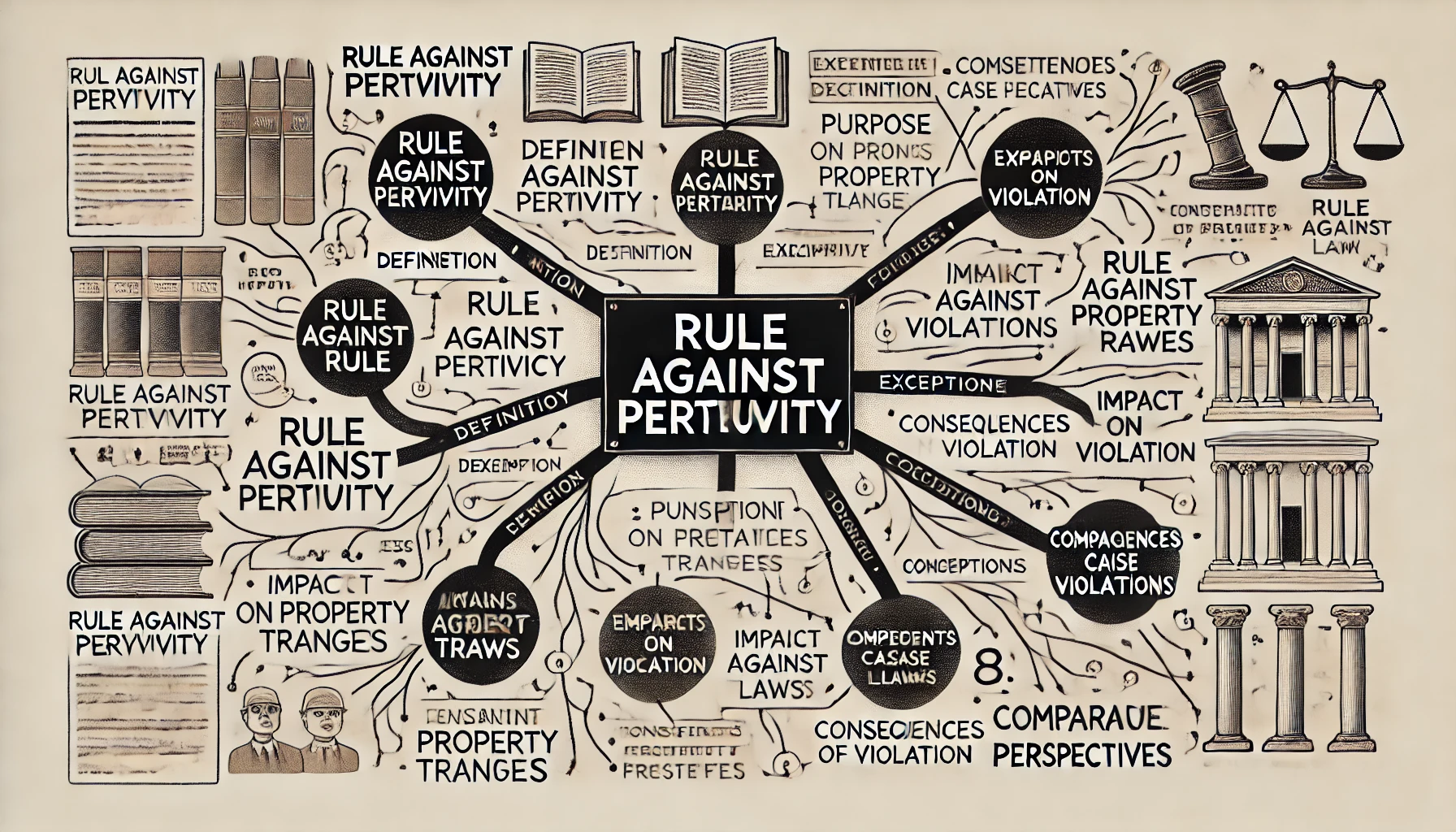
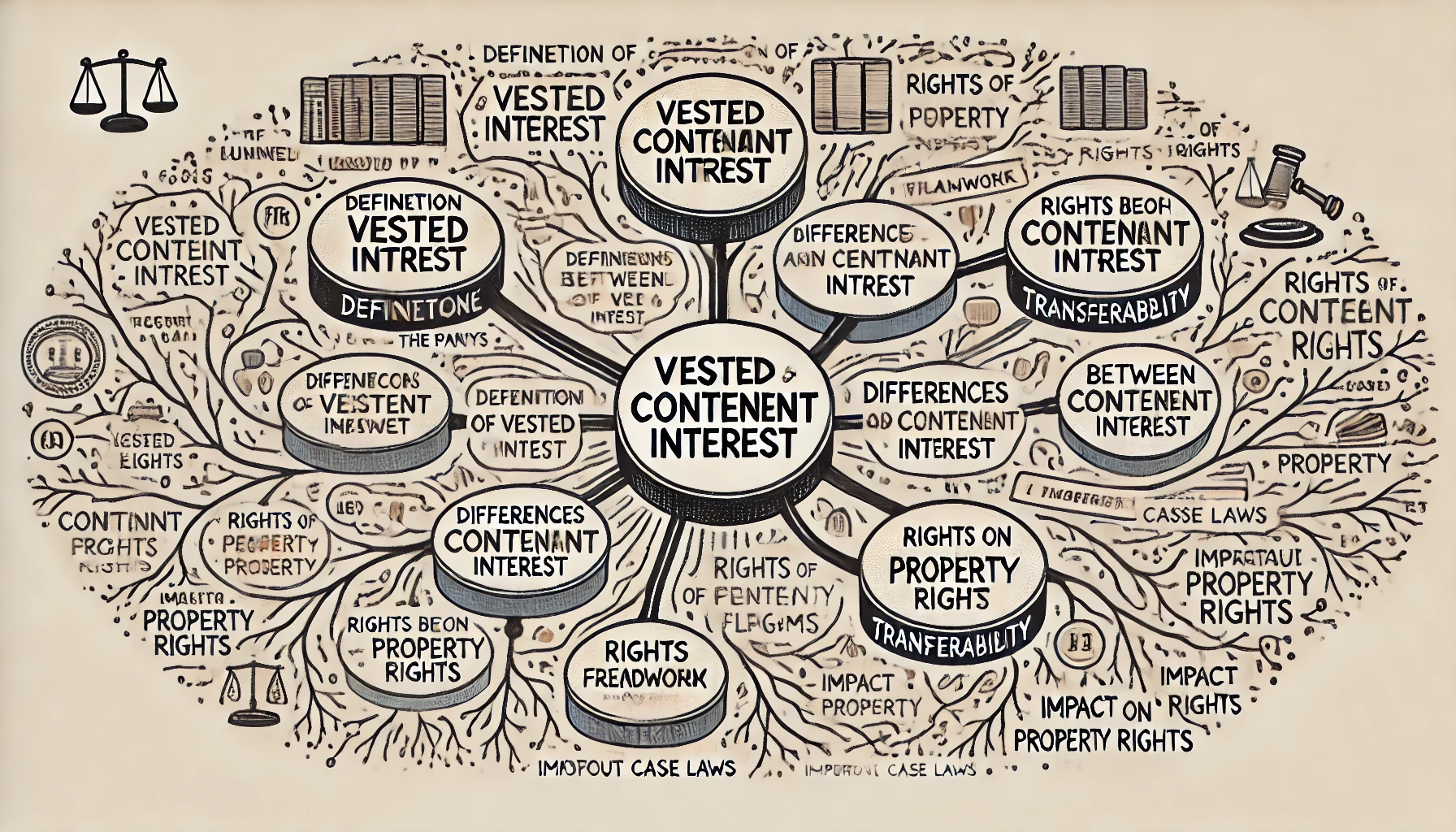


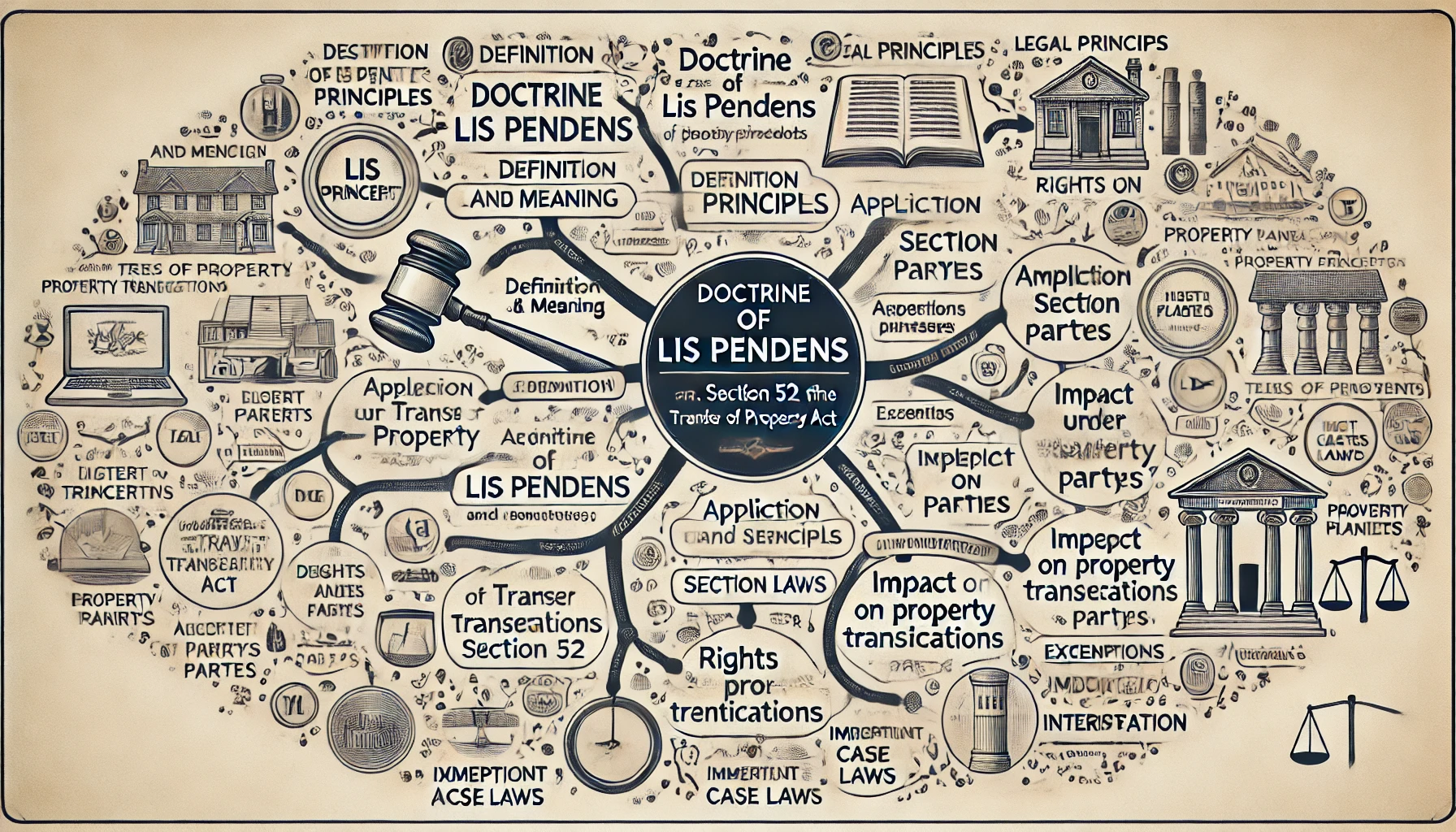



























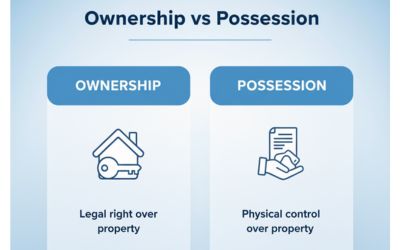



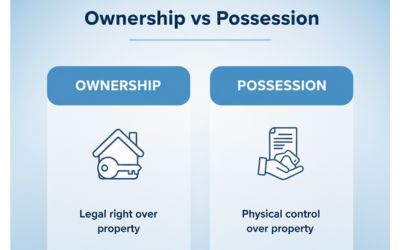

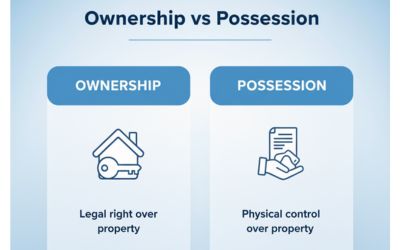

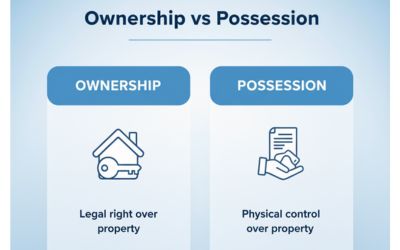






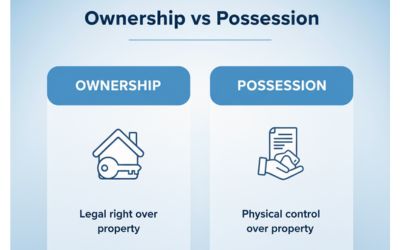




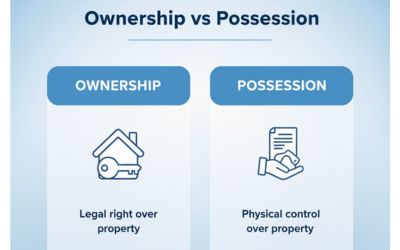
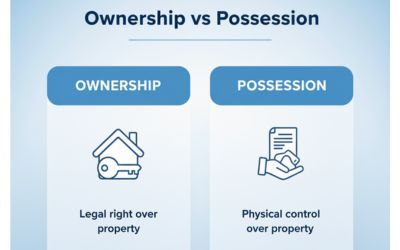











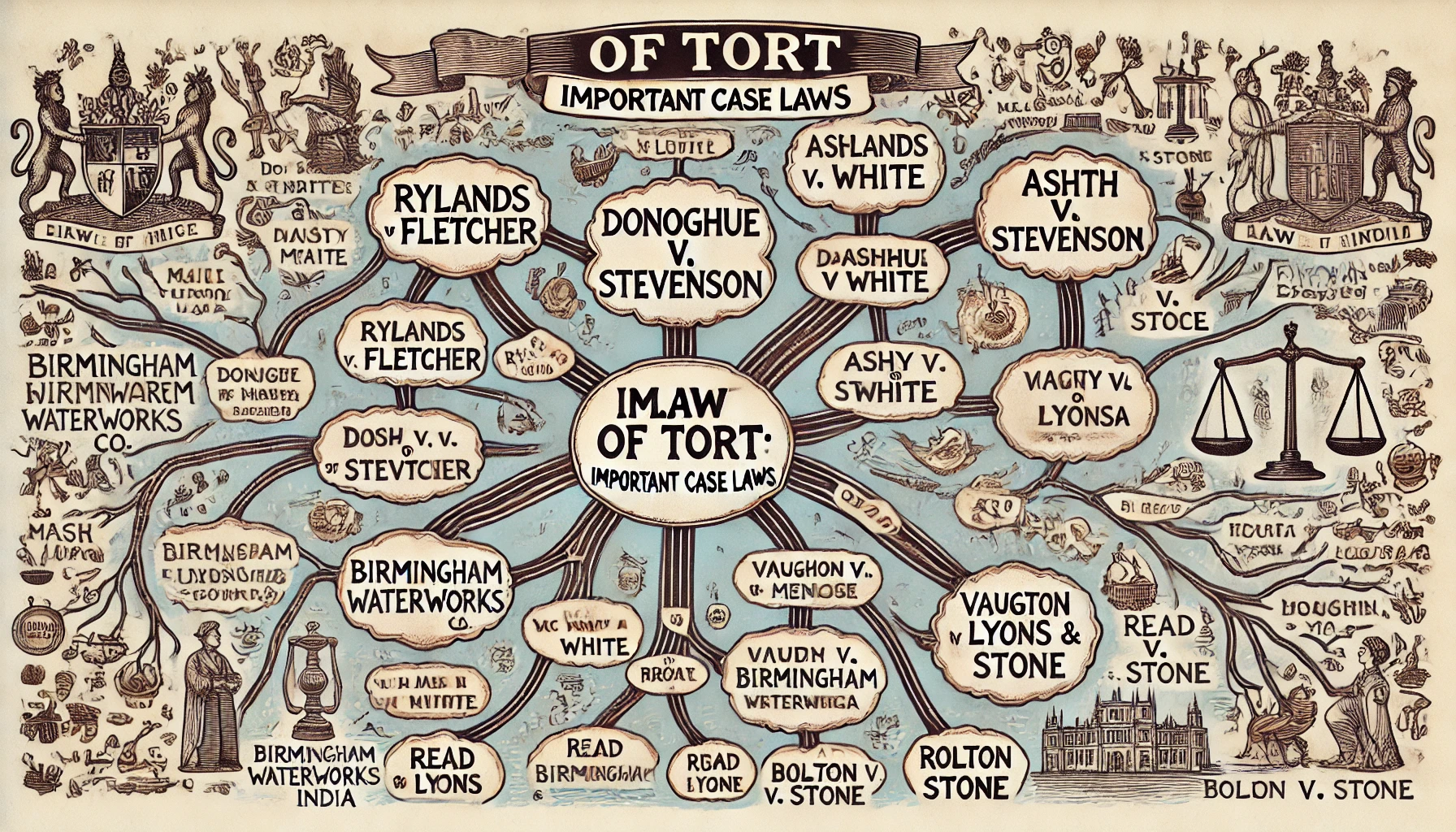



















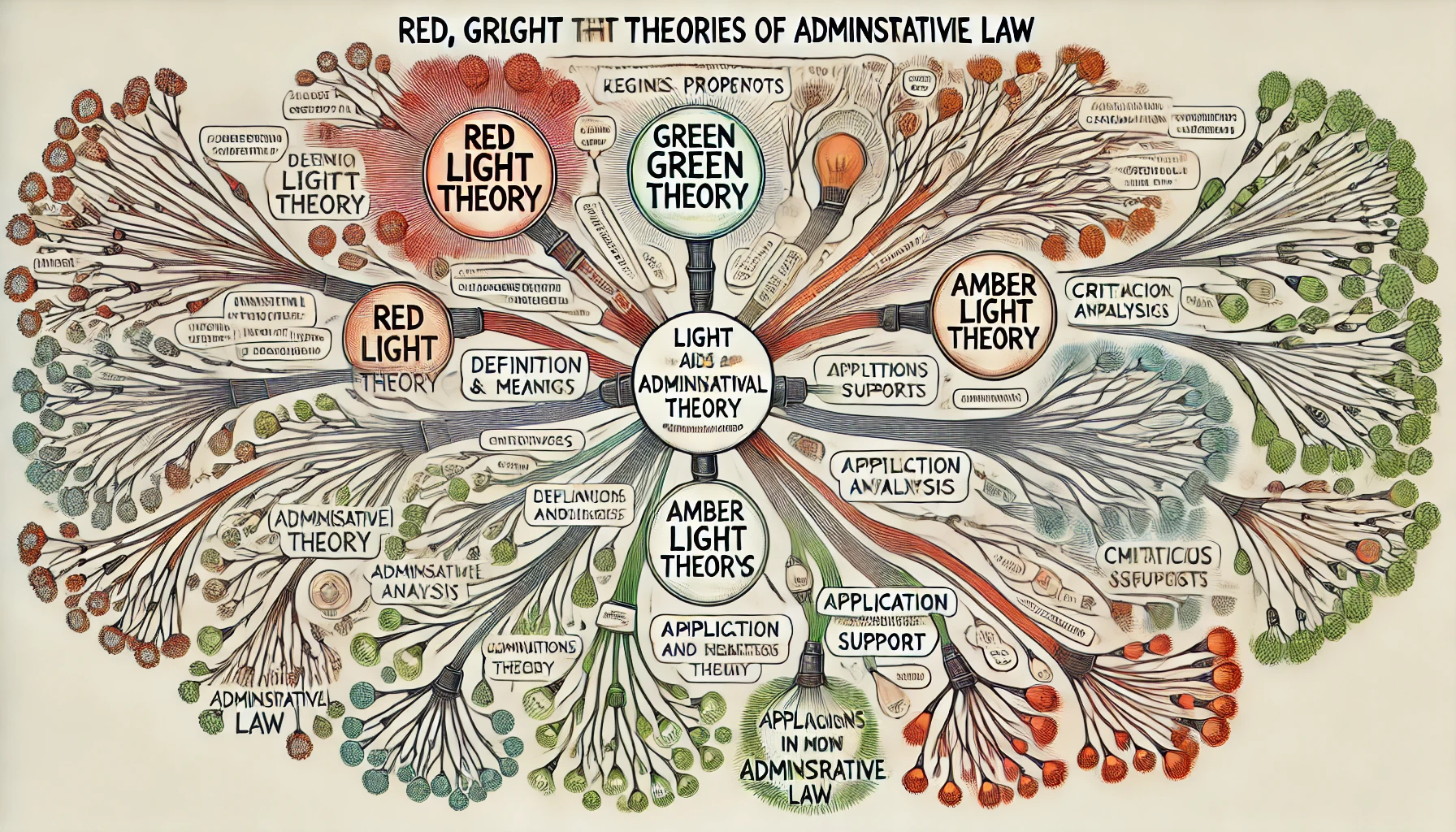







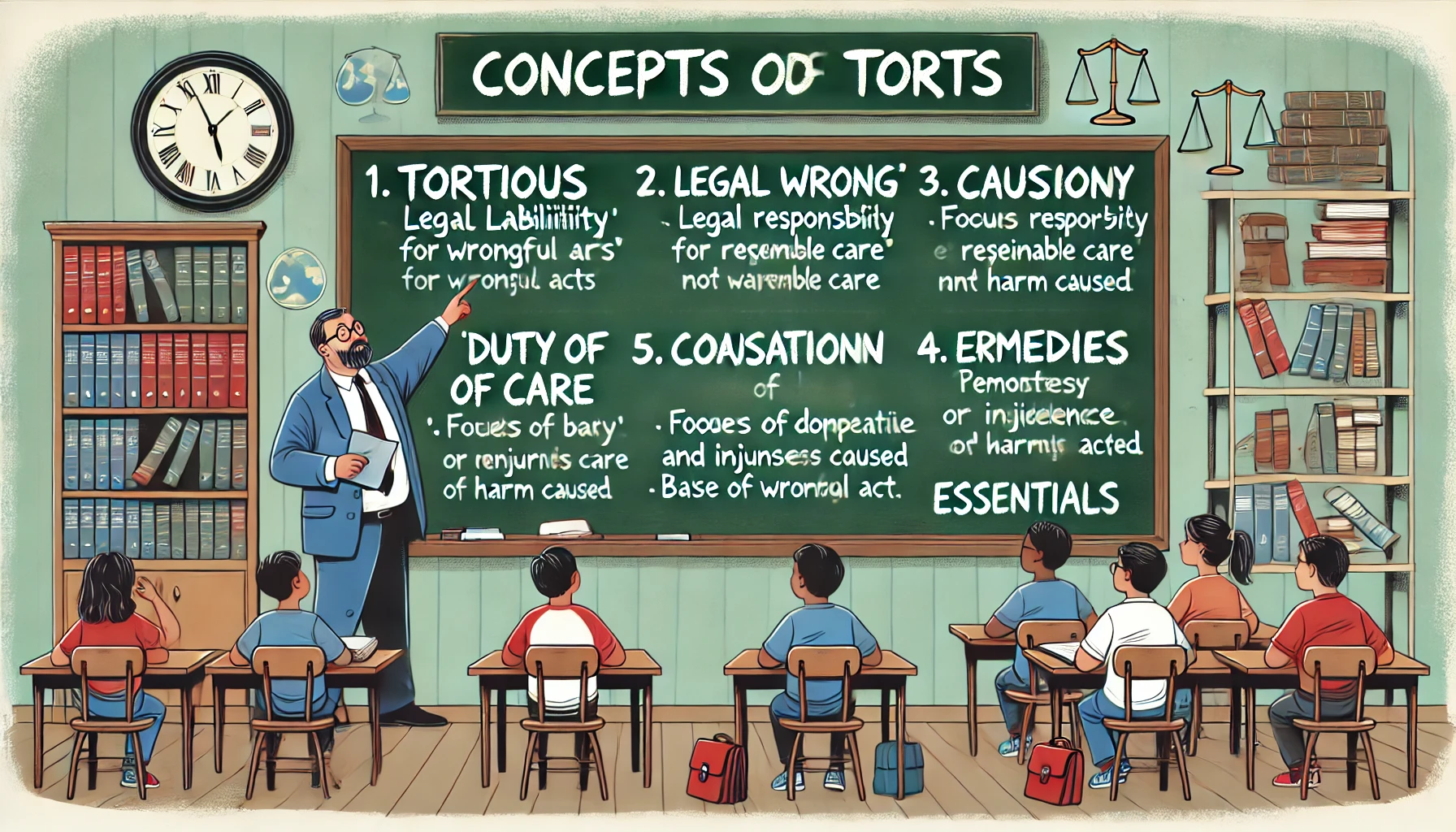



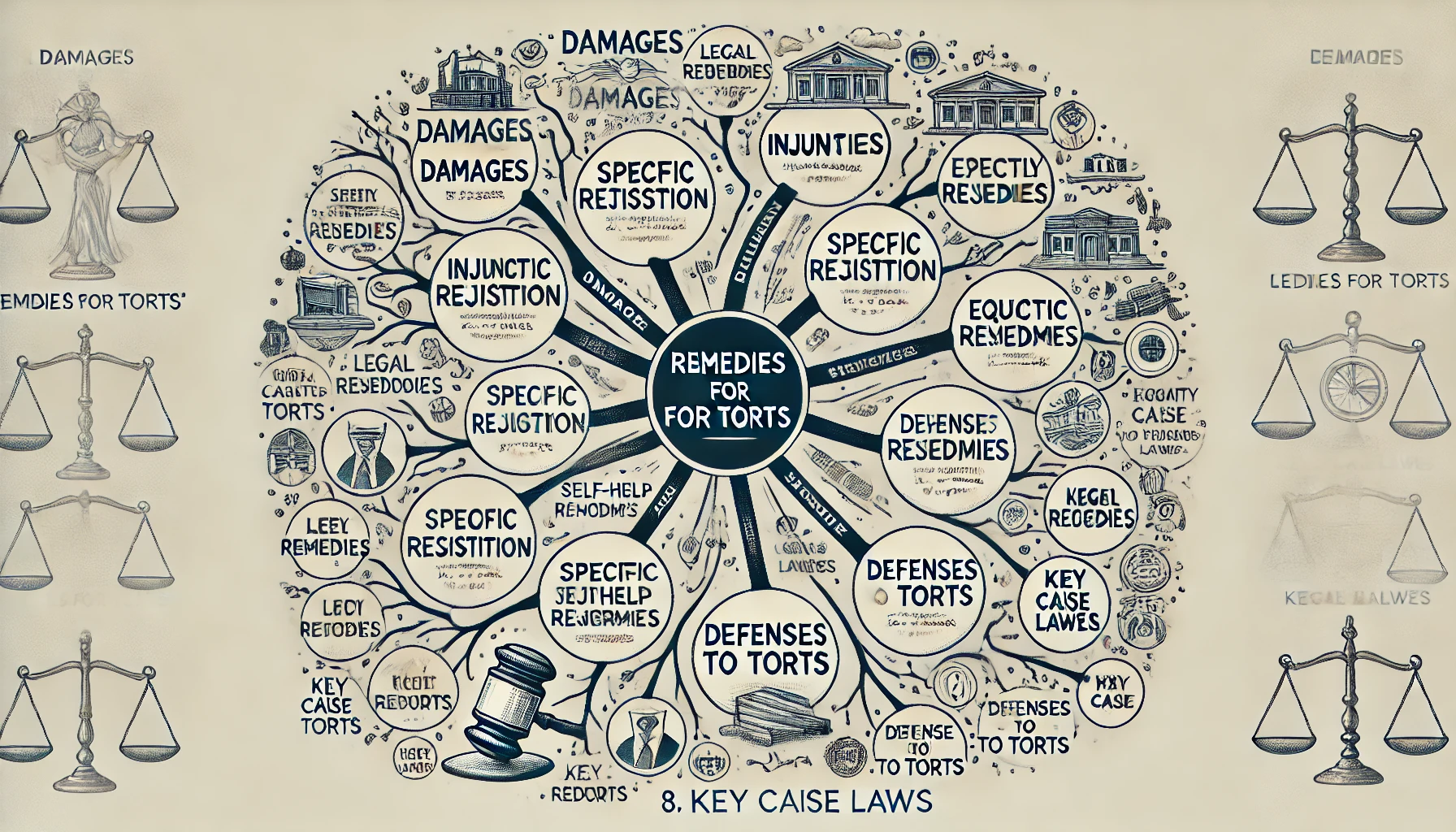




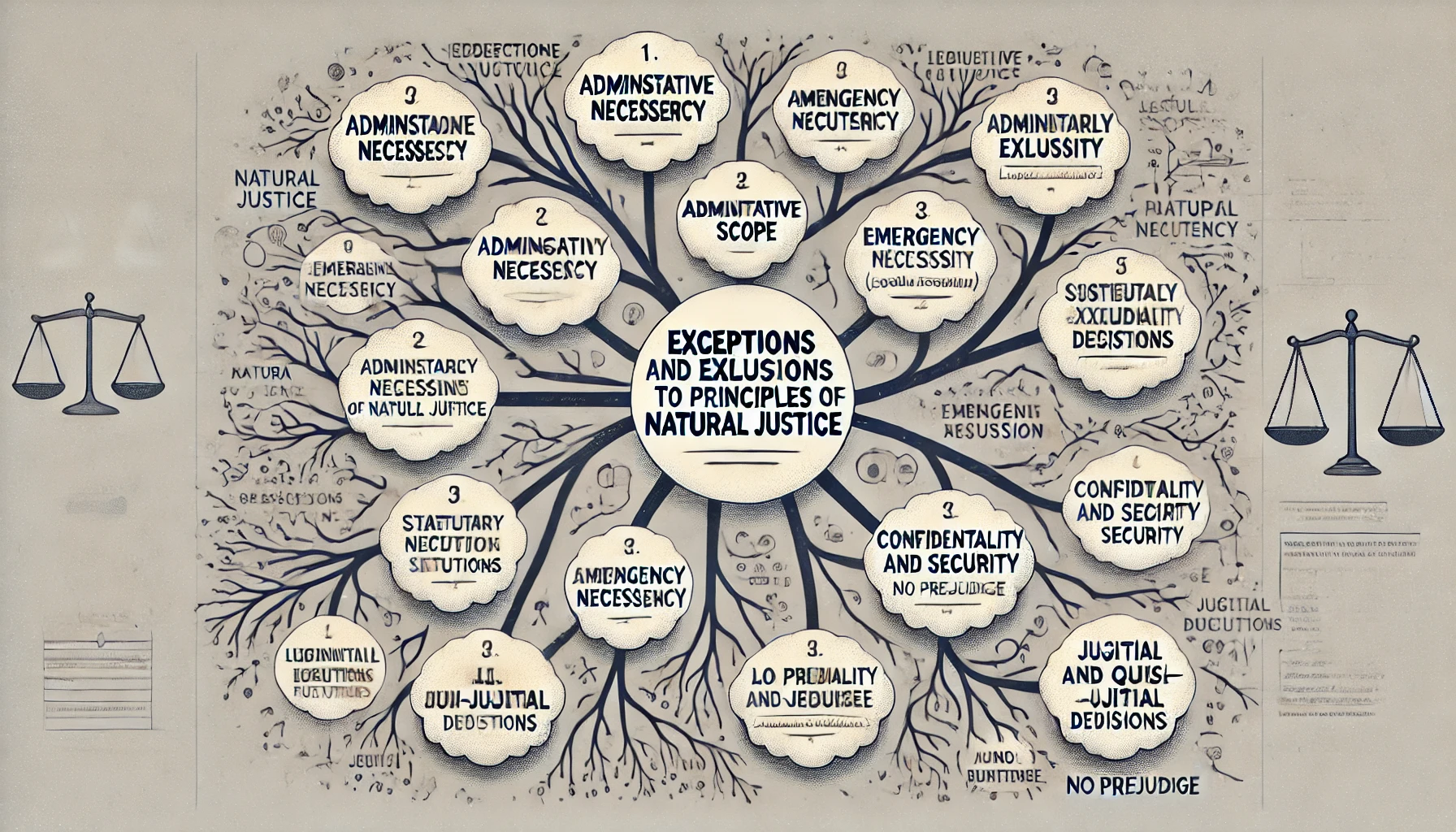





Comment
Nothing for now